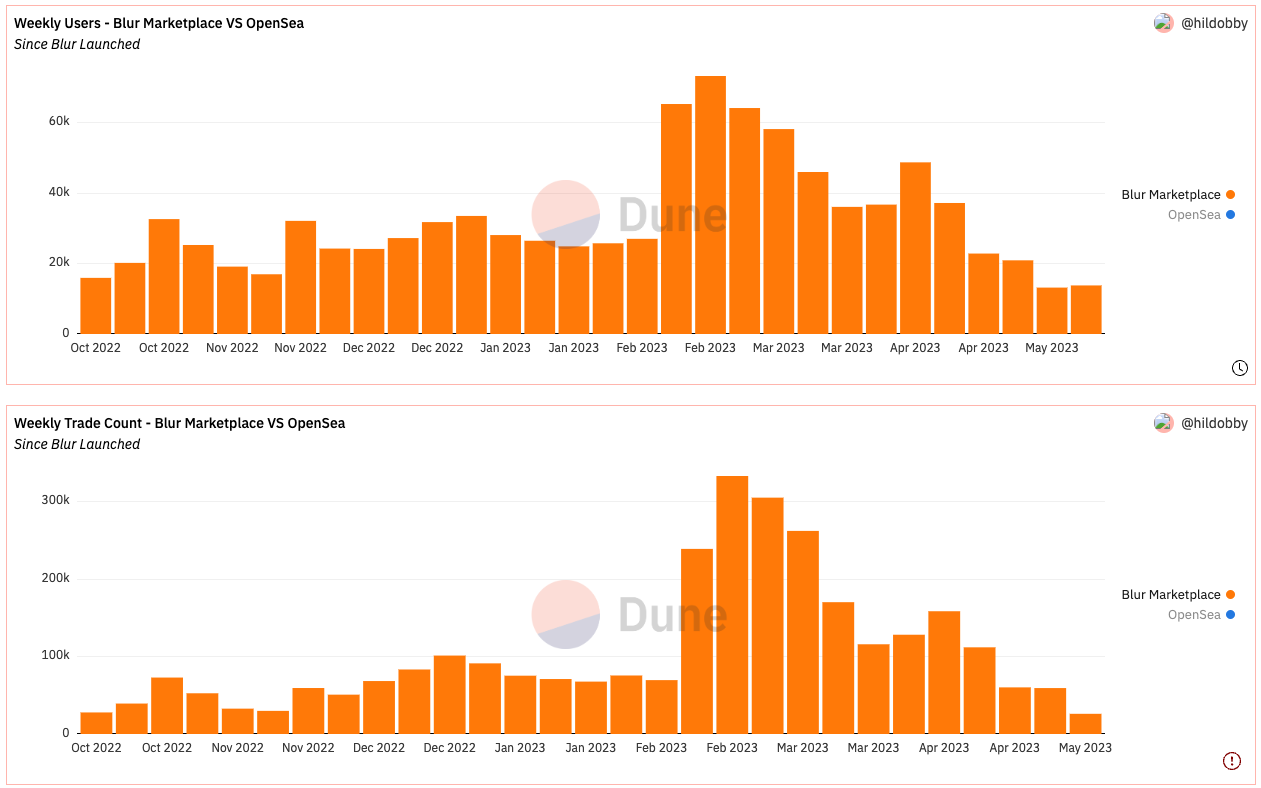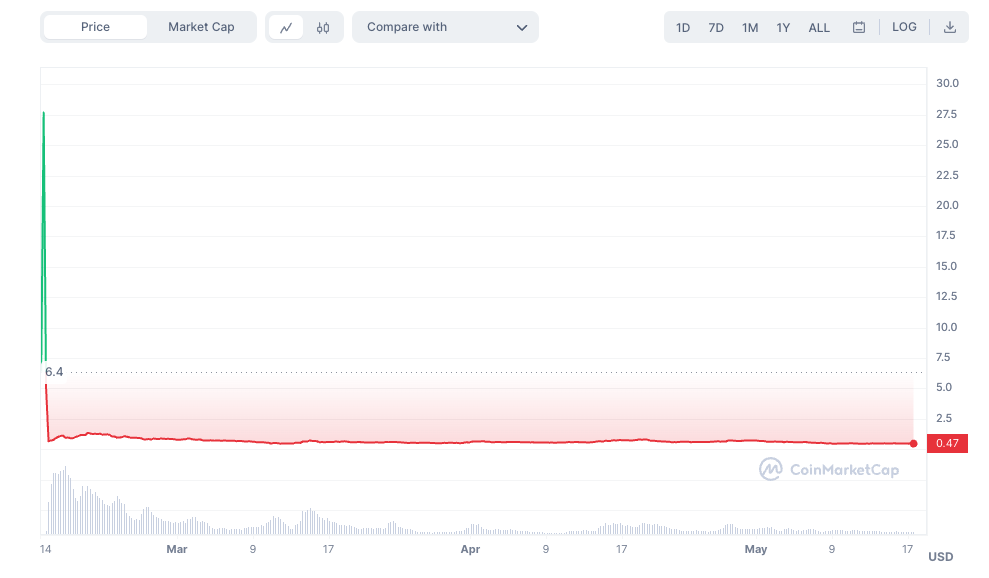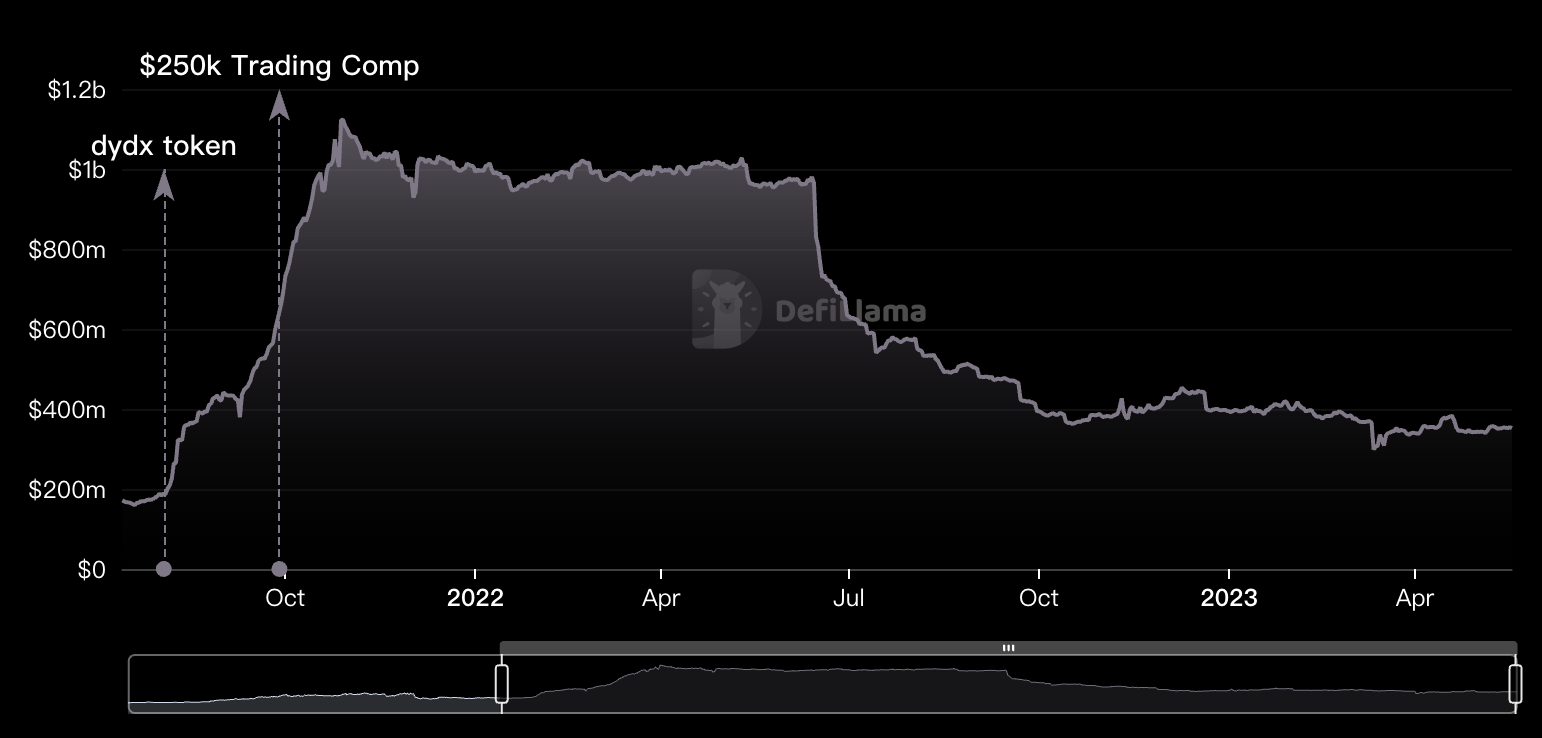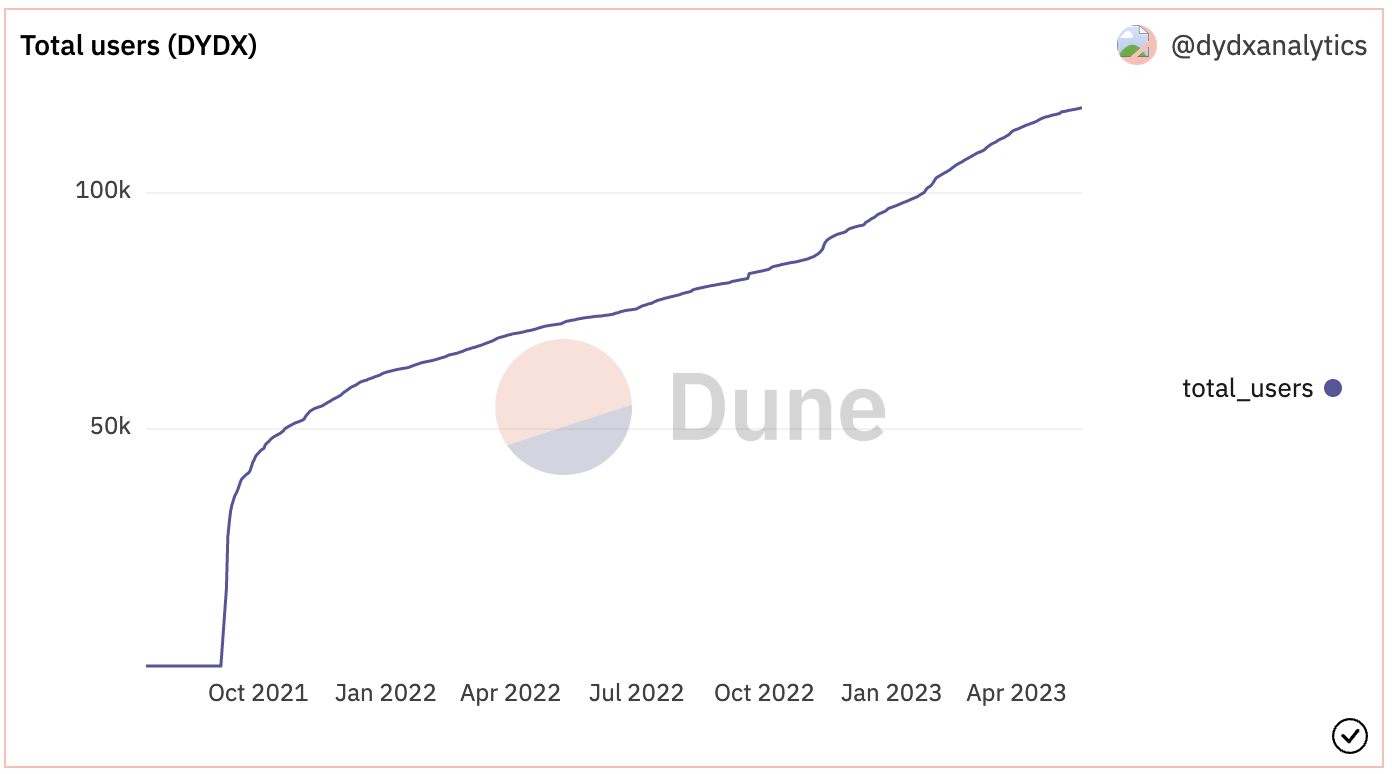Exploring Web3 Loyalty: Addressing Challenges and Dilemmas After Project Airdrops
Web3 Loyalty: Tackling Challenges and Dilemmas Post AirdropsIn the field of cryptocurrency, airdrops are a common user acquisition strategy that can help projects quickly increase brand awareness, exposure, and project activity in the short term. However, after the initial user growth and excitement, we have also seen a decline in the number of users, fluctuations in token value, and a decrease in project activity.
Taking the changes before and after the Blur airdrop as an example,

- BladeDAO’s Decentralized Vision: Players don’t have to compromise, together build a transparent, fair and safe gaming world.
- Head DEX protocol iZUMi Finance on ZkSync: based on UniSwap V3 improvement, creating a new DL-AMM mechanism
- Weekly Preview | ACDE Conference may determine the scope of Cancun upgrade; Tokens of projects such as Avalanche and RON will be partially unlocked
It is obvious that in the short term before and after the airdrop, both the number of users and the trading volume showed a cliff-like surge. After that, in just one month, the number of users and trading volume continued to decline and has now returned to the level before the airdrop. In addition, affected by the recent shrinkage of the NFT market, the number of users and trading volume are at or near their historical lows.

At the same time, according to Coinmarketcap data, three days after the airdrop, BLUR plummeted from $27.69 to $0.65, and its market value was worthless.
These problems highlight a pain point that urgently needs to be addressed – the short user lifecycle makes it difficult for projects to operate for the long term. The reasons for this pain point involve several dimensions:
-
High cost: Web3 user activation requires incentives such as tokens and NFTs, and the average order value is high. Repeated activations directly increase operating costs.
-
Low retention: Users will not stay in a project for a long time just because of an airdrop. If the project cannot provide real value and the token price continues to fall, users will quickly sell and leave after the airdrop.
-
Low activity: If the project cannot meet the needs and expectations of users, they will not actively participate in the project, leading to low user activity. If there is no sustained income, users will also quickly churn.
-
Low conversion rate: Most airdropped users are only interested in free tokens, and their willingness to participate in the project for the long term is low, making it difficult to convert users into paying or long-term users.
So, how to solve such airdrop problems?
DYDX’s airdrop strategy is worth learning from – the DYDX project not only sets a participation threshold before the airdrop, but also sets an “unlocking period” and requires users to complete certain transaction requirements during the unlocking period before they can receive their airdrop. As a result, we can see the following after the DYDX airdrop:

TVL has been steadily rising for nearly half a year and has ultimately remained at a high level.

Total users have been steadily increasing and have not rapidly decreased after the end of the airdrop.

At the same time, the coin price did not rapidly decrease after the end of the airdrop, but instead fluctuated and rose for a period of time, maintaining a historical high level.
To replicate DXYD’s success, we first need to understand the conventional user operations after rapidly acquiring customers.
User Operations
In traditional internet industries, after rapidly acquiring customers through reward-type activities, subsequent user operation strategies usually include the following:
User Retention
The next step after acquiring users is user retention, which is how to keep users using your product or service. This usually involves optimizing user experience, providing value, building communities, and loyalty programs.
User Activation
Activation refers to users taking positive actions, such as downloading apps, registering accounts, or purchasing products. User activation strategies usually include providing discounts, guiding tutorials, and one-click operations.
User Engagement
User engagement strategies are designed to encourage users to participate more deeply in your product or service. This may include community activities, user-generated content, social sharing, and so on.
User Conversion
User conversion refers to converting users into paying users or other behaviors that are beneficial to your business goals. This requires more refined user analysis, personalized marketing strategies, and high-quality products or services.
In conjunction with Web3 user characteristics, these traditional operation strategies often require some new operation strategies and tools for targeted solutions, and the Web3 Loyalty program built on NFTs is one of them.
Web3 Loyalty Program
The Web3 Loyalty program has been around for some time, but previous programs were usually based on centralized products and provided token rewards to users. The advantage is that the rewards are attractive enough (with the possibility of appreciation), and with user data in hand, fine-grained strategies can be developed.
However, for more Web3 projects, innovative Web3 Loyalty projects such as Open Loyalty and Loyalty3 are needed when rewards and data are both weak.
The main features of these projects include:
Diverse NFT Creation and Claiming
Projects such as Open Loyalty and Loyalty3 provide Web3 projects with a variety of NFT creation settings. The project side can upload their own NFTs or innovative NFTs and set relevant attributes. This flexibility allows projects to customize NFTs closely linked to their brand based on their characteristics and requirements, thereby attracting and retaining more users.
At the same time, project owners can set specific NFT claim rules through the Loyalty platform – users can only claim the NFT after meeting certain requirements, such as participating in a certain event or completing multiple transactions. This incentivizes users to participate more, increasing activity.
It is worth mentioning that because NFTs are currently the most accessible and widely used track in Web3, and NFTs naturally have social attributes, they will be used by users in various social occasions. Therefore, by incorporating their own brand elements into NFTs, not only can user identity be enhanced, but brand influence and exposure can also be increased, reaching more potential users.
Rewards Redemption Store
Web3 projects can create proprietary rewards redemption stores through the Loyalty platform, providing users with the right to redeem or purchase rewards with NFTs. This mechanism, which allows users to accumulate NFTs over time to exchange for big rewards, will be conducive to user retention and increase loyalty through continuous participation in project activities.
Data Page Display
Loyalty will provide data pages for project owners who create NFT claims to track all NFT data, including but not limited to NFT quantity, claimed quantity, price, and circulation; and track user data, including but not limited to NFT holding quantity, transaction volume and frequency, etc.
In this way, project owners can dynamically observe whether their set NFT claims are reasonable, NFT market value changes, and the situation of loyal users. This will help to improve the loyalty plan and refine the user operation plan.
Loyalty Plan Integration
The most important point is that in the development process, most projects have prepared or have had loyalty plans to some extent, such as the Discord point system and the OG scheme. The Loyalty platform, such as Loyalty3, claims that in their upcoming version they will provide integration and transformation of the original loyalty plan for projects.
This feature is not only beneficial for Web3 projects to develop their own Loyalty program, but also for Web2 projects to provide a Web3 loyalty plan, and to gradually transition from Web2 to Web3.
Conclusion
Overall, through the Web3 Loyalty project, we can effectively solve the pain points after the airdrop, that is, by guiding users who receive the airdrop to participate in more activities through the subsequent NFT claiming mechanism and high-reward exchange mechanism, to improve user retention, increase activity, improve conversion rates, and reduce operational costs.
In the world of Web3, loyalty programs will no longer be traditional loyalty cards, but a new form, a decentralized and transparent, NFT-based, strategy that can truly attract and retain users. For users, participating in these projects truly makes them co-builders of the project – their interaction enhances the project’s visibility, NFT, and even the project’s overall value.
We look forward to the emergence of more Web3 Loyalty projects, to provide Web2 and Web3 projects with complete loyalty strategies, to meet the long-term needs of user operations, and to help projects and users explore the future of the blockchain world together.
We will continue to update Blocking; if you have any questions or suggestions, please contact us!
Was this article helpful?
93 out of 132 found this helpful
Related articles
- Quickly learn about 18 new projects in recent times: DeFi, games, and tools
- Recap of ETHGlobal Lisbon Hackathon: Quick Look at 5 Promising New Projects
- Token issuance of Sui’s ecological project faced setbacks including token unlocking delay and team unlocking, resulting in a difficult start.
- Listing 10 low-market cap LSD-fi projects:
- The absurdity in the Meme season: me, Ben.eth, sending money
- NFT as a wallet: What innovations will the new standard ERC-6551 bring to NFTs?
- Where’s the next opportunity? A review of the potential projects that will issue tokens on the Sui blockchain.






